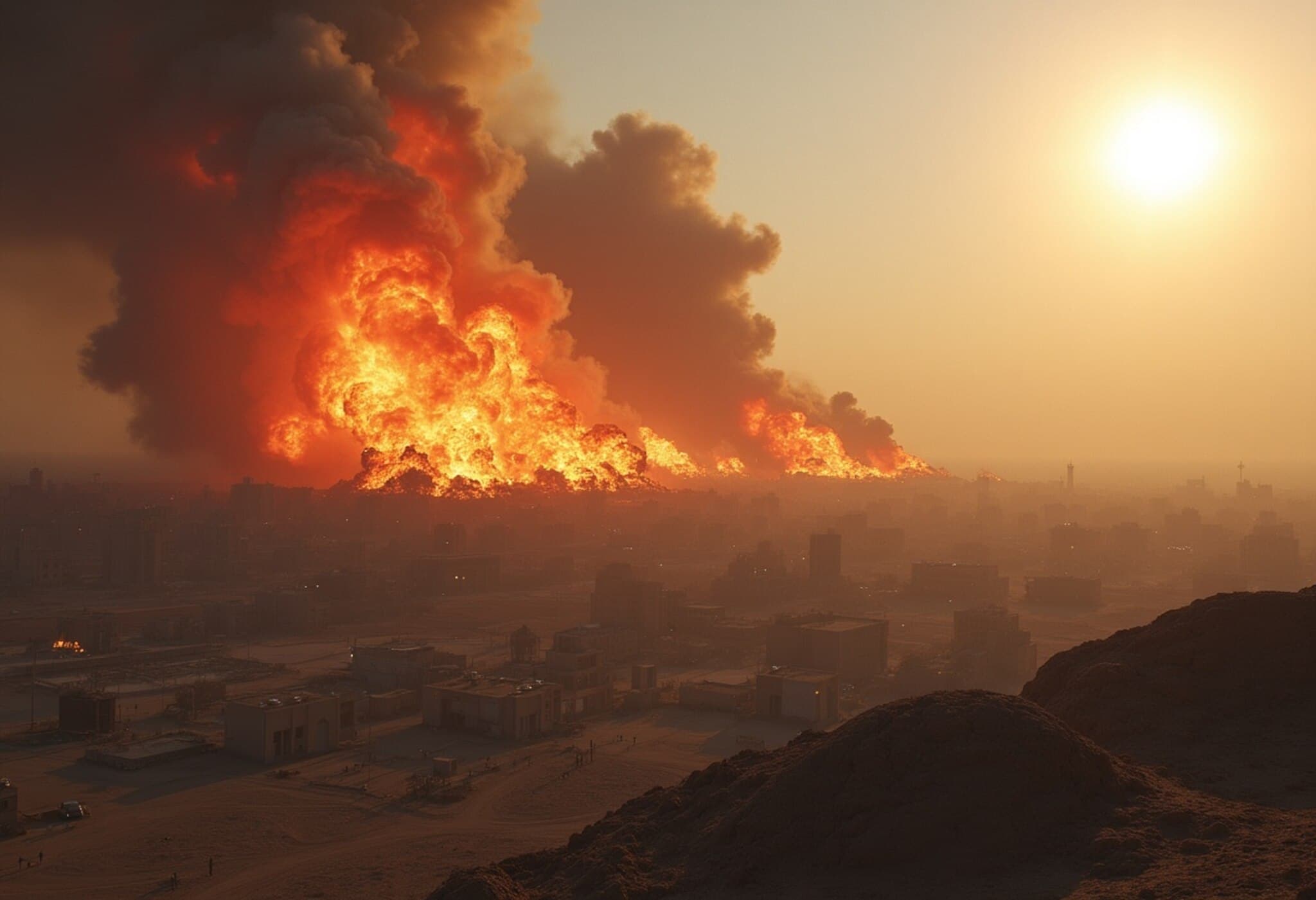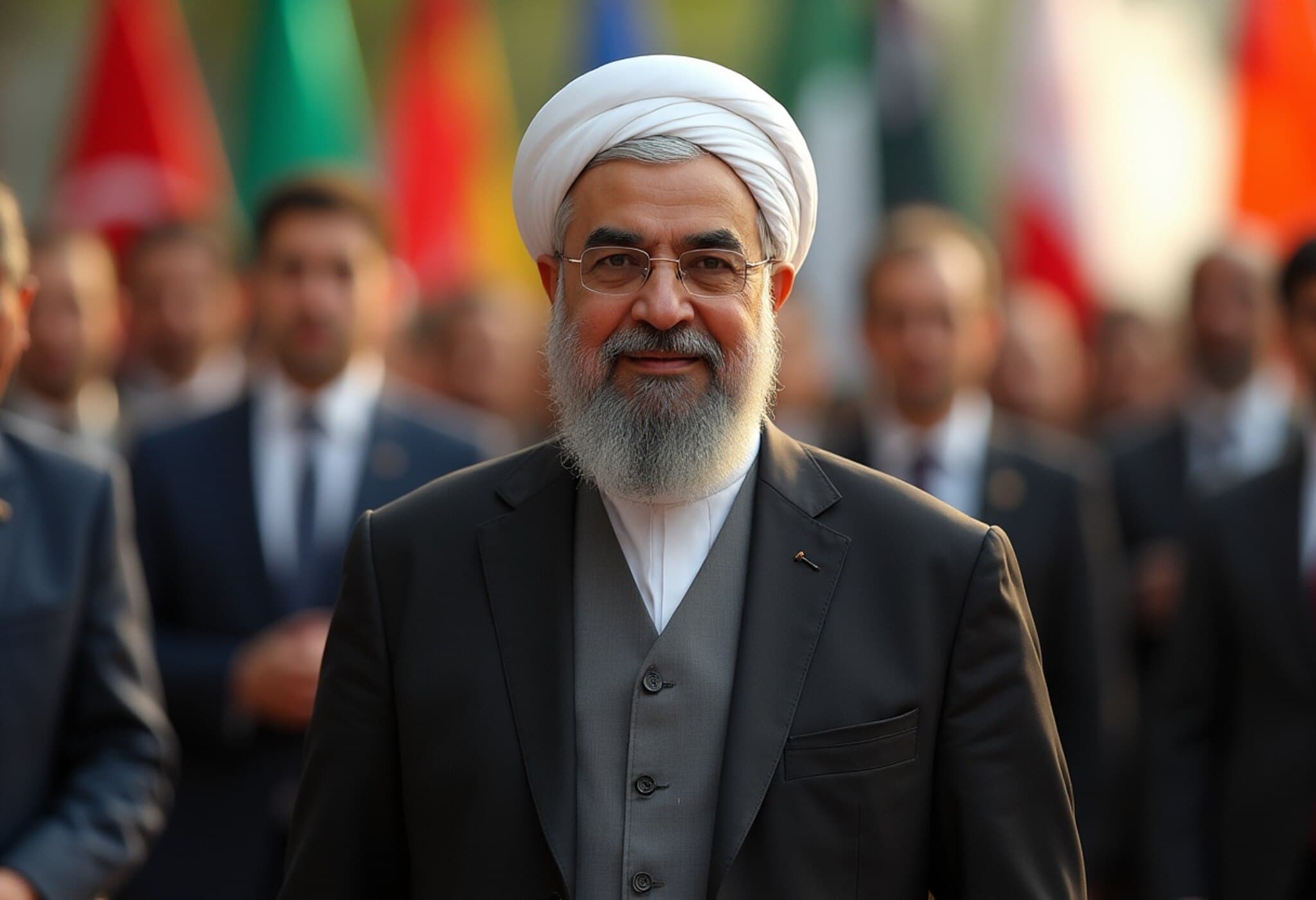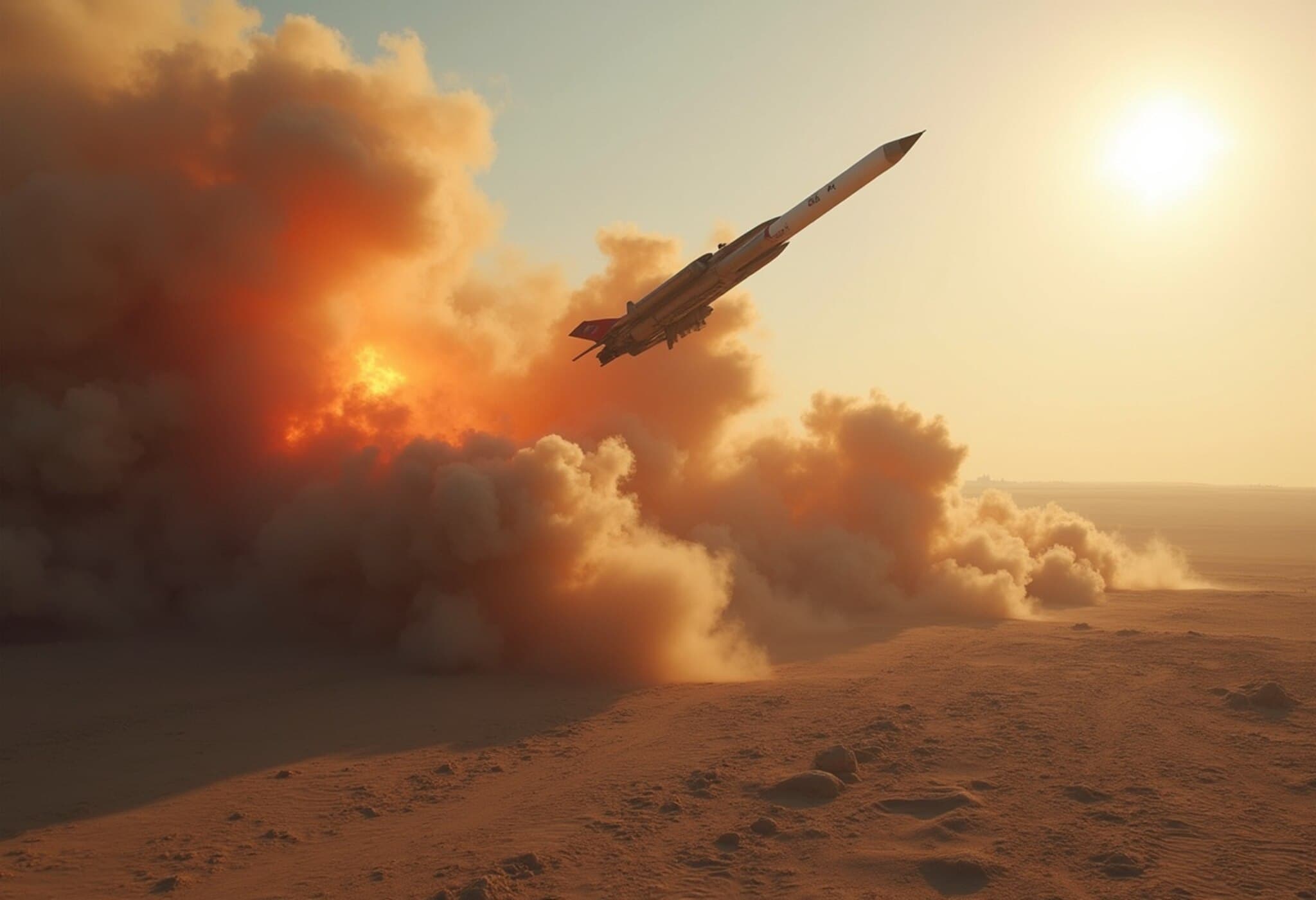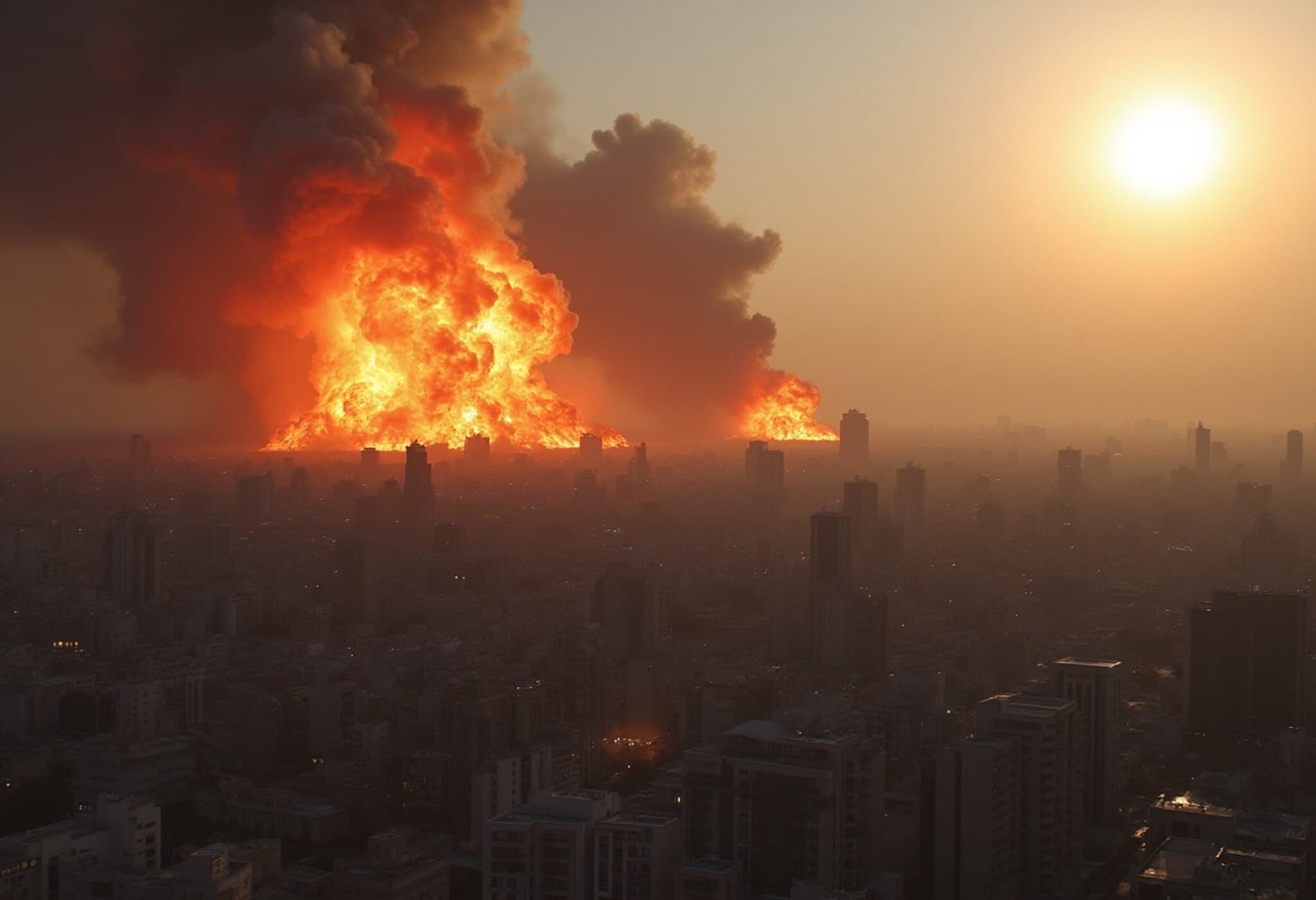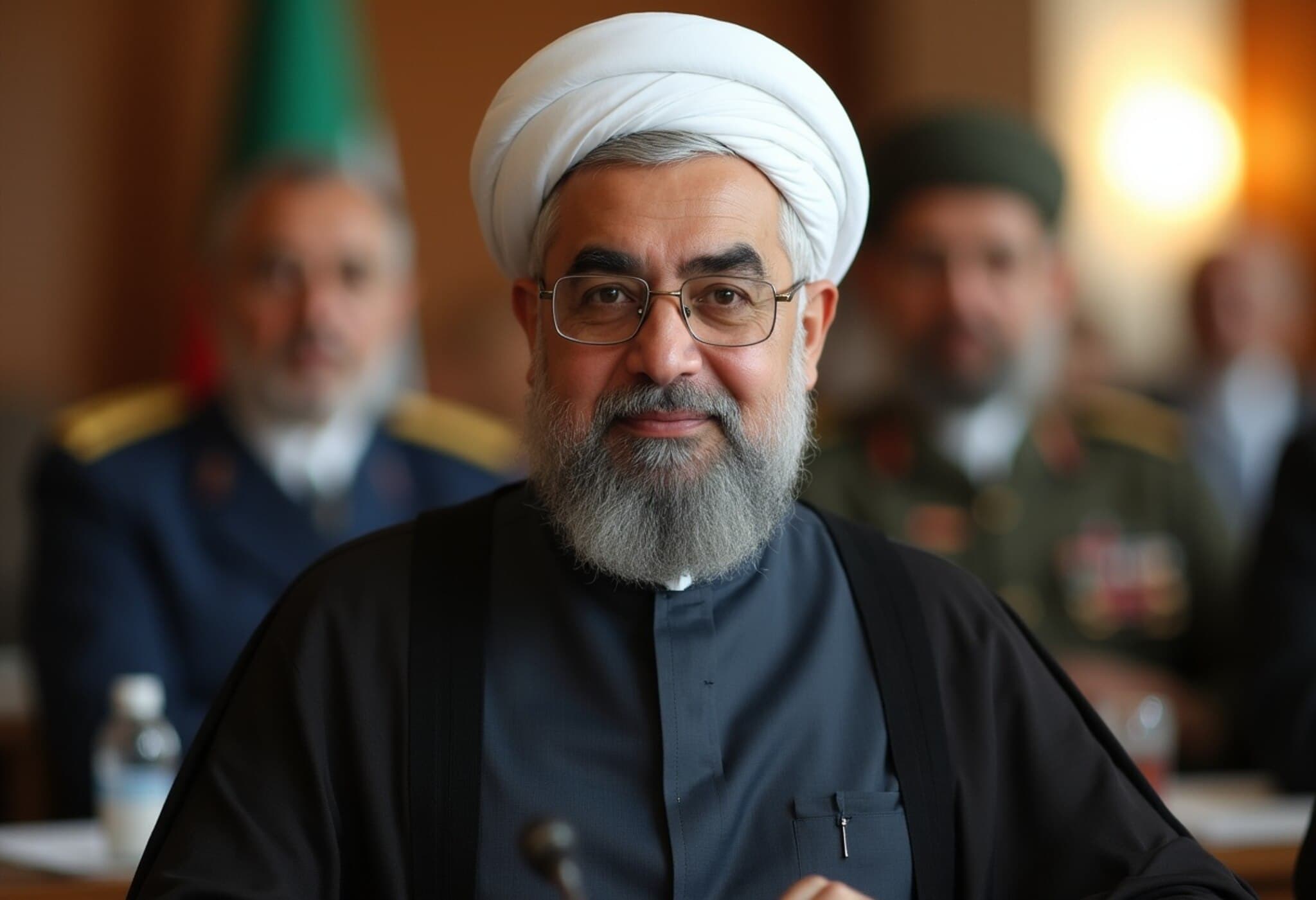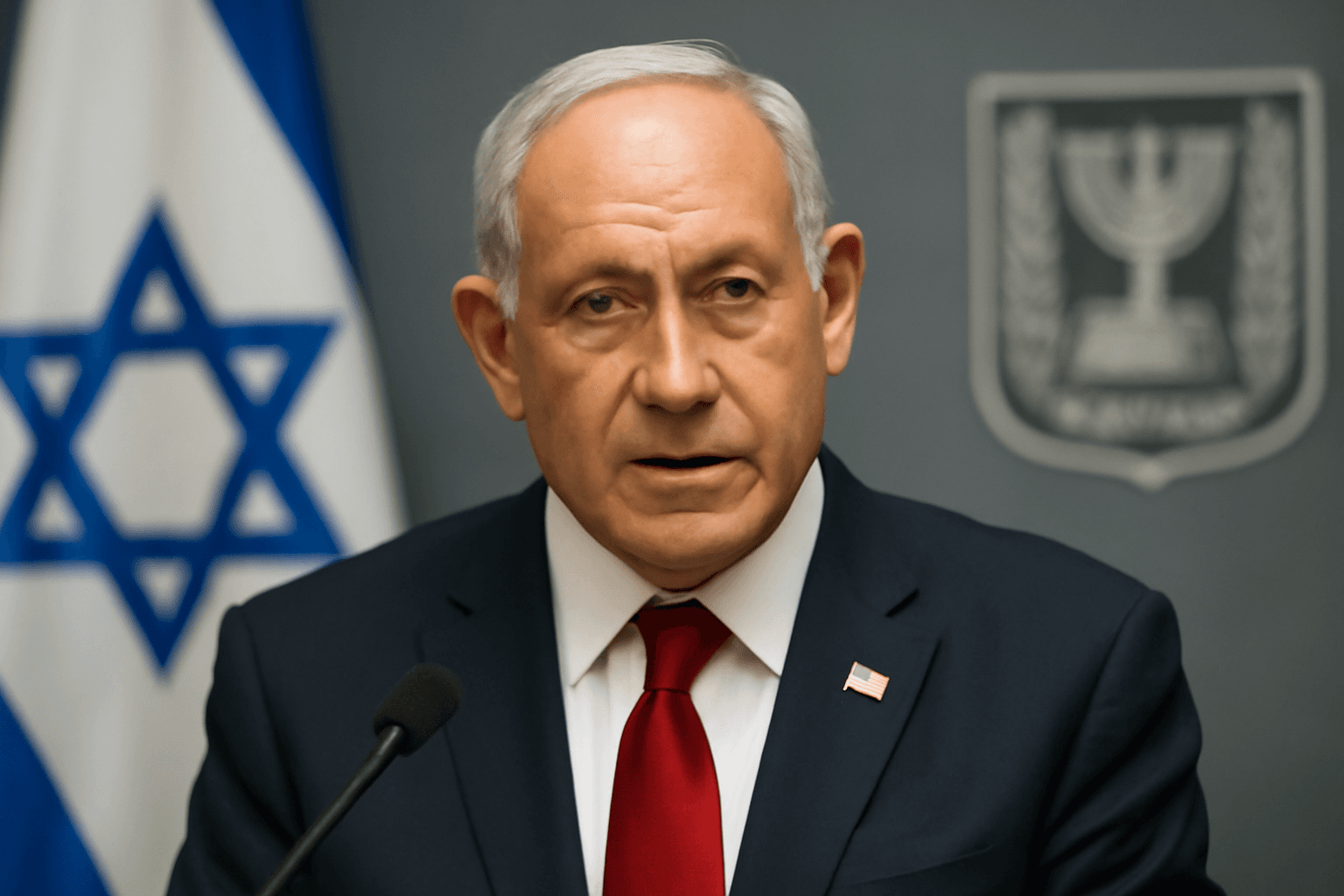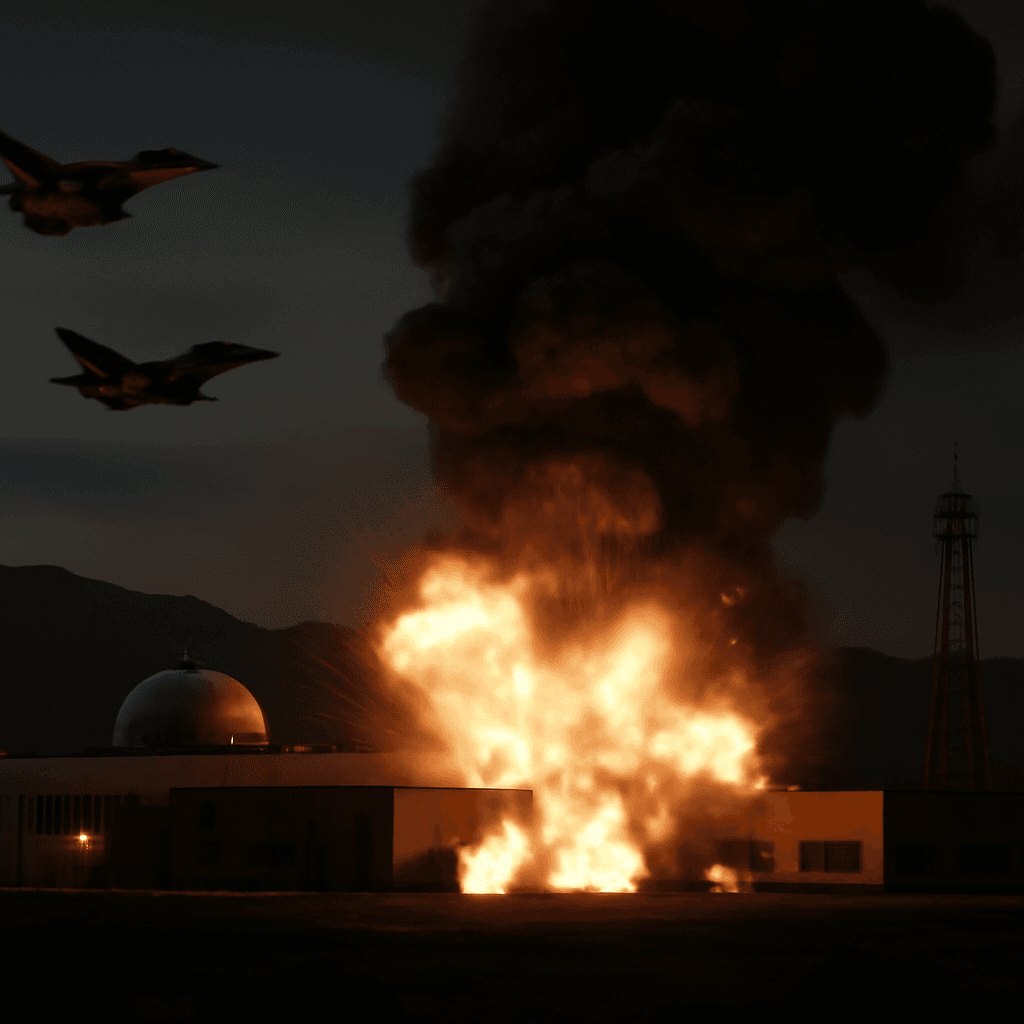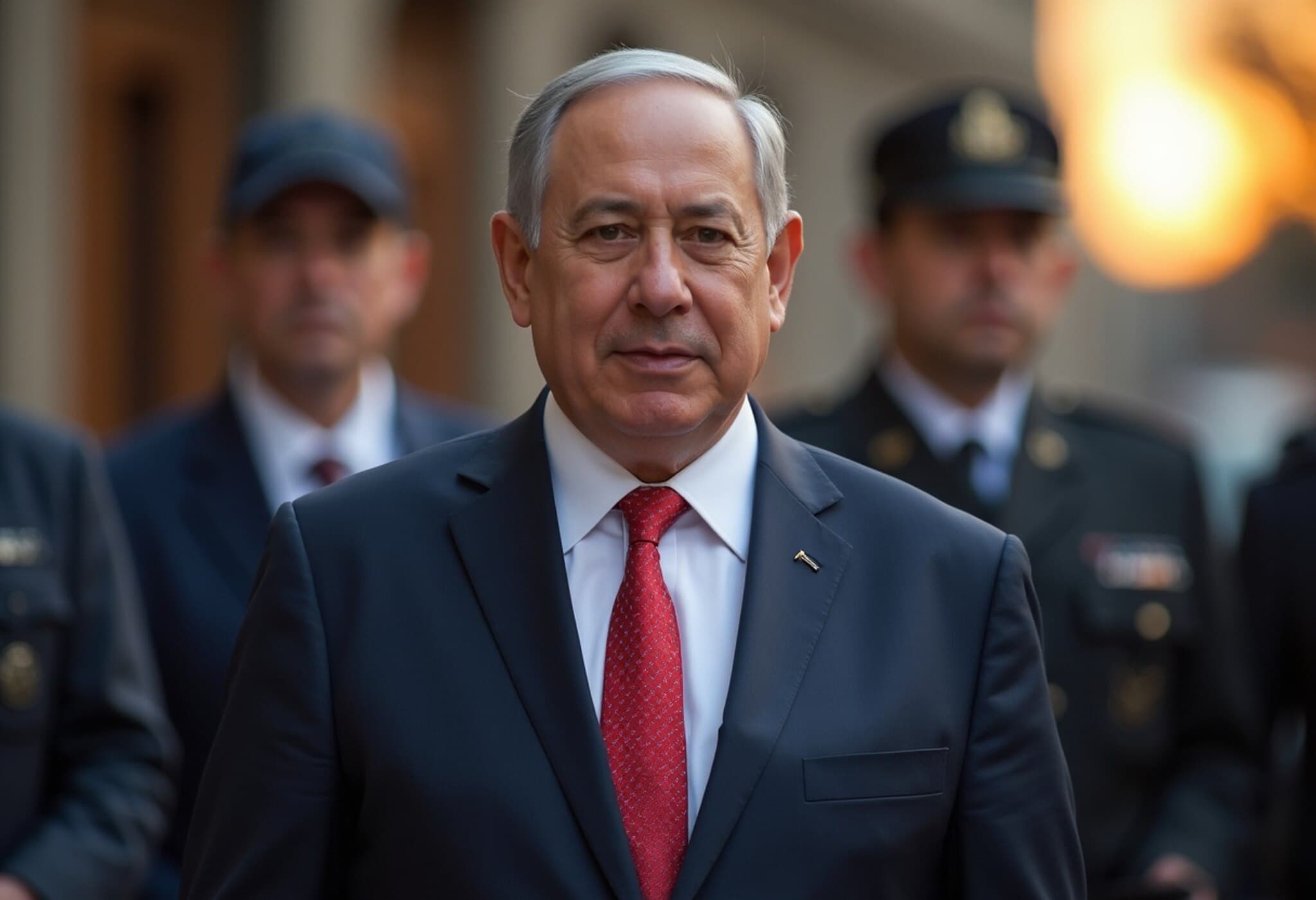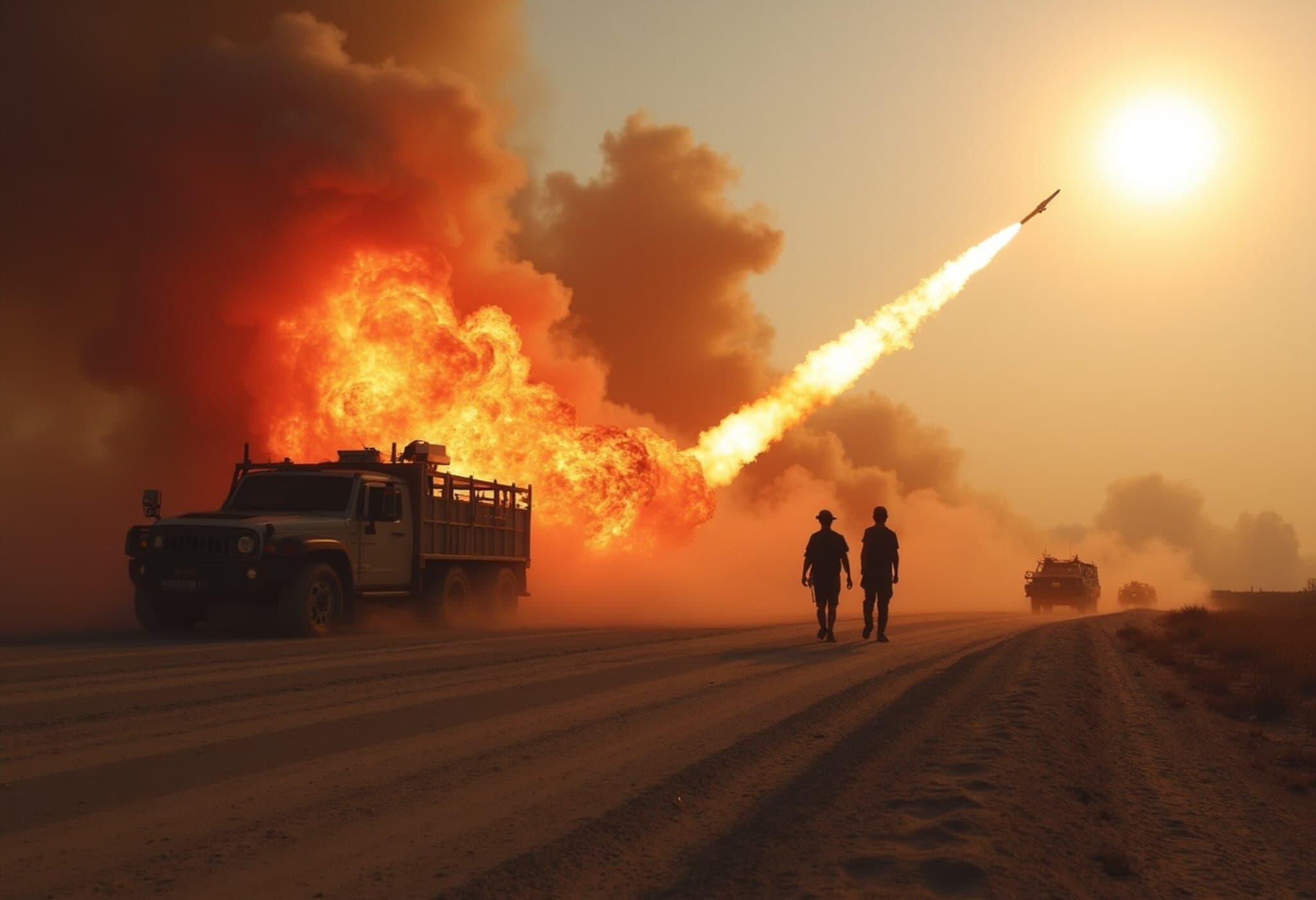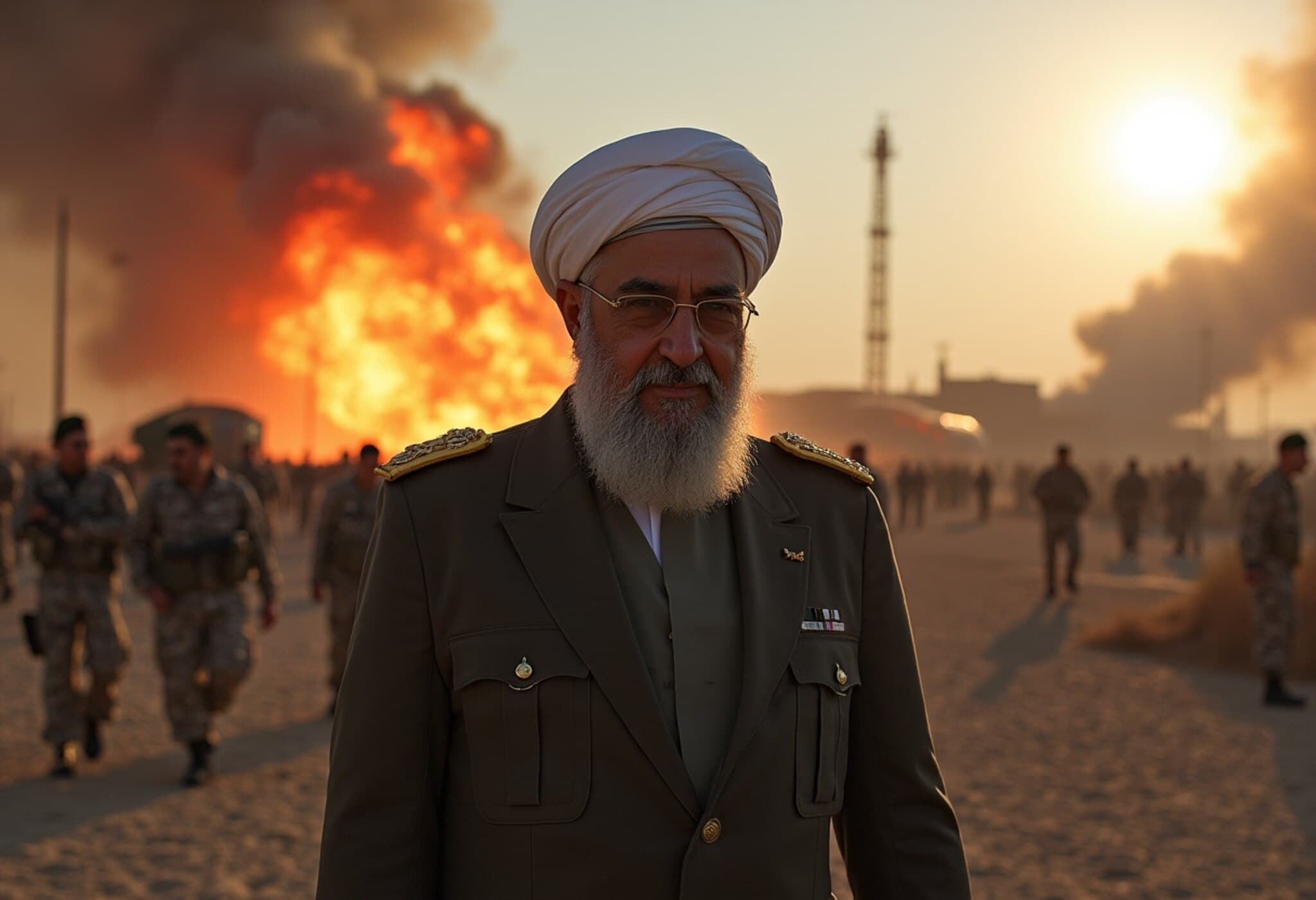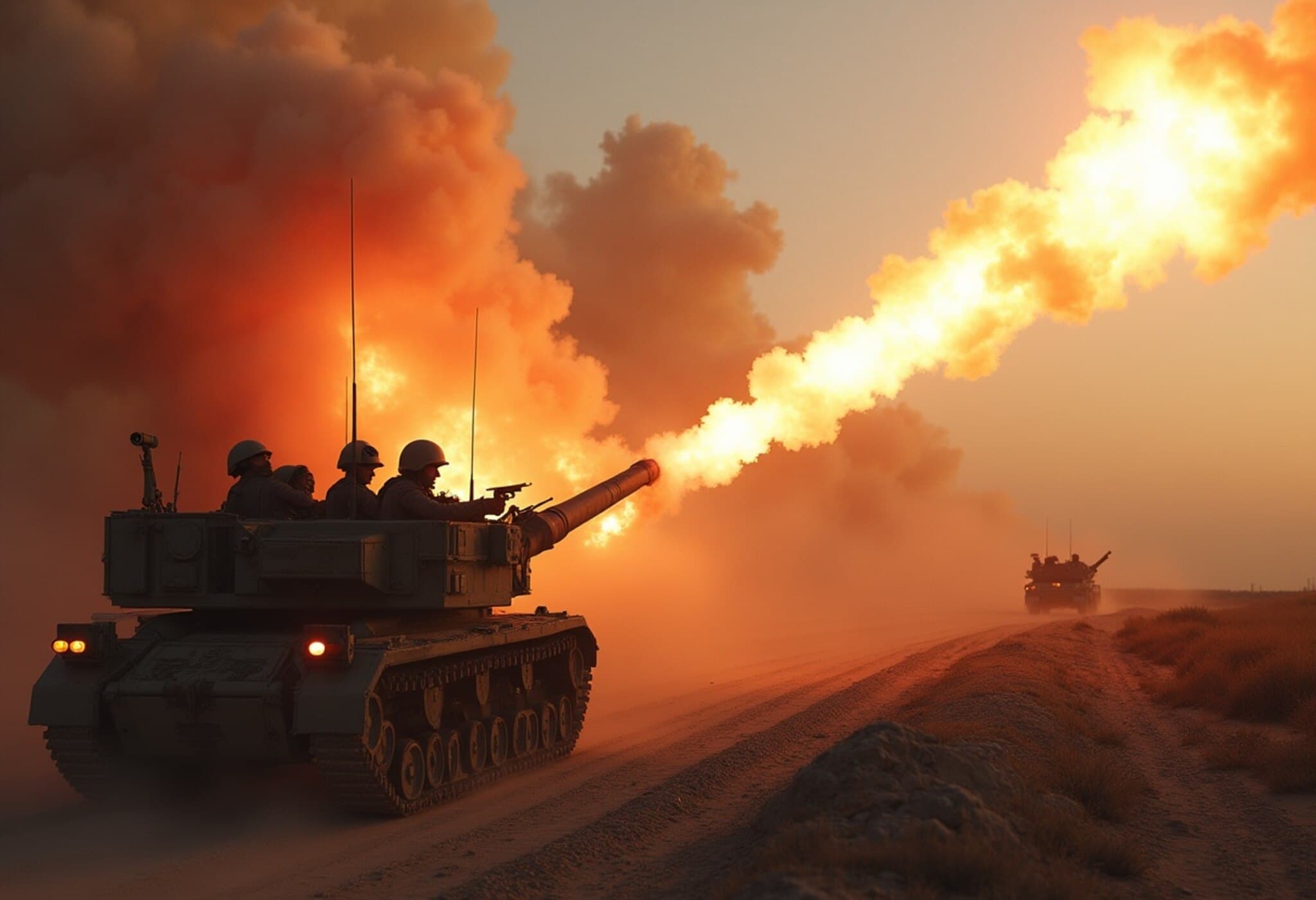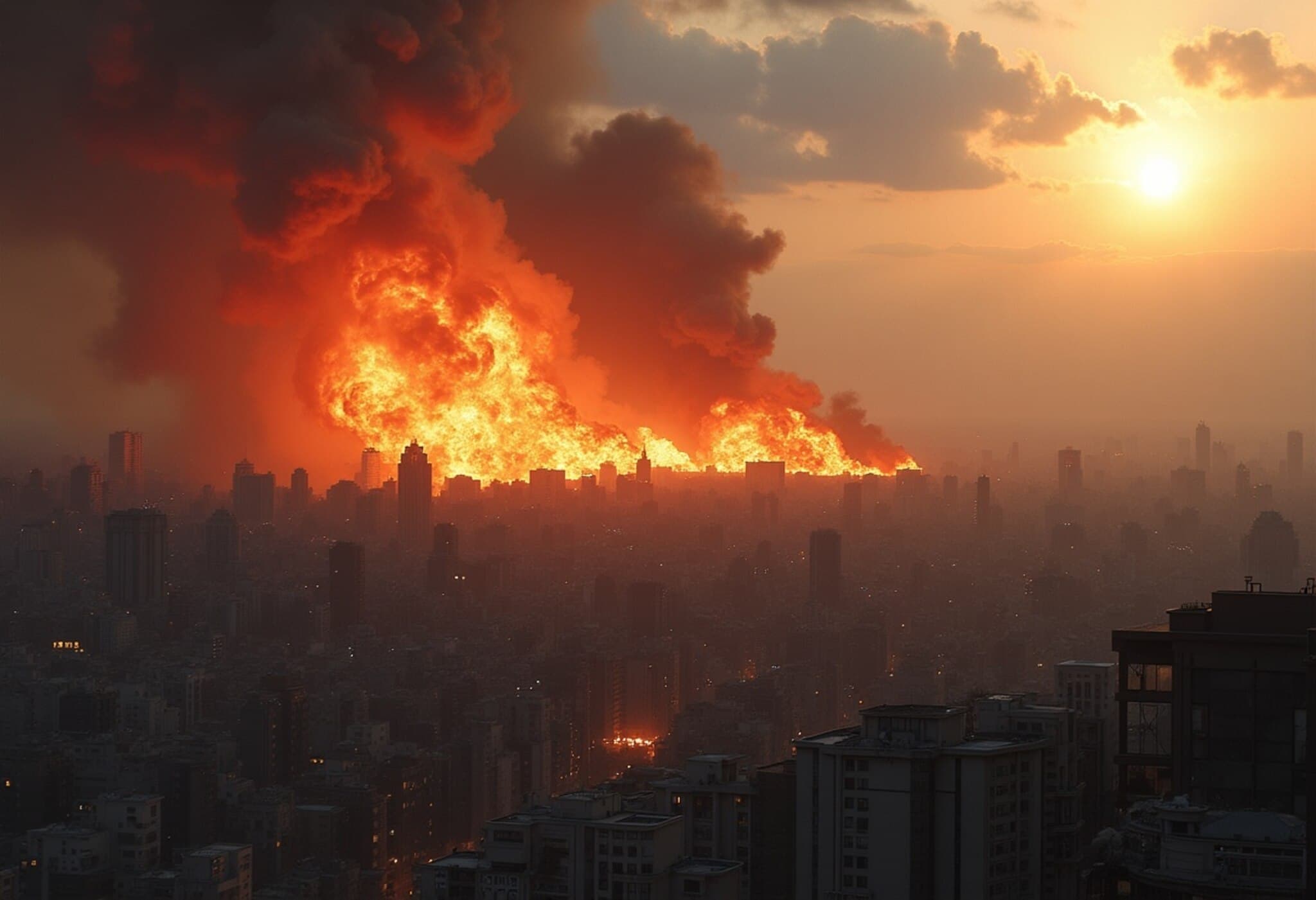Iran Denies Radiation Risks Following US Attacks on Nuclear Facilities
On Sunday, Iran announced that its nuclear sites suffered no radiation contamination in the aftermath of US airstrikes targeting three critical locations: Fordow, Natanz, and Isfahan. The declaration came shortly after the unprecedented US military action against these nuclear facilities.
No Radiation Detected, Residents Remain Safe
According to Iran's National Nuclear Safety System Center, monitoring devices detected no radioactive releases after the American strikes. The Center reassured that there is no threat to the safety of residents living near the attacked sites.
"There is no danger to the residents living around the aforementioned sites," the Center affirmed in its statement.
US Escalates Conflict with Historic Strikes on Iranian Nuclear Sites
The strikes mark the first direct US military involvement targeting Iran’s nuclear infrastructure amid rising tensions in the Middle East. This aggressive move follows statements from US President Donald Trump, who had indicated that the decision on US engagement in support of Israel could take up to two weeks.
President Trump described the mission as a "very successful attack", highlighting the precision strike on Fordow — one of Iran’s most secretive and fortified nuclear facilities.
Complex Arsenal Employed in the Attacks
The US reportedly deployed an array of powerful weapons, including:
- 6 B-2 Spirit stealth bombers
- Virginia and Los Angeles-class nuclear submarines
- 12 GBU-57 bunker buster bombs
- 30 Tomahawk cruise missiles
- F-22 Raptors for air superiority
- F-35 Lightning II fighters for air support
Assessing the Contamination Risks
Experts have weighed in on the potential fallout of such strikes. While the likelihood of widespread contamination is low, concerns mainly center on uranium enrichment sites where uranium hexafluoride (UF6) could interact with moisture to produce harmful chemicals.
However, the risk diminishes considerably for underground facilities like Fordow.
The bigger worry lies with Iran’s nuclear reactor at Bushehr. Unlike enrichment plants, damage to large-scale power reactors poses serious dangers due to the potential release of radioactive material via air plumes or into nearby seas.
Iran Vows Continuation of Nuclear Development
In response to the strikes, Iran’s Atomic Energy Organization condemned the attacks as violations of international law and declared an unwavering commitment to advancing its national nuclear program.
Details about the extent of damage sustained were not disclosed by Iranian officials.
What This Means for Regional Stability
The US's direct assault on Iran’s nuclear sites marks a significant escalation in the Middle East conflict, raising fears of broader confrontation. The message from Tehran is clear: despite these assaults, their nuclear ambitions will not be deterred.
This evolving situation underscores the fragile balance of power in the region and the complex risks tied to nuclear security.

